Home>Garden Essentials>What Does A Pine Cone Seed Look Like
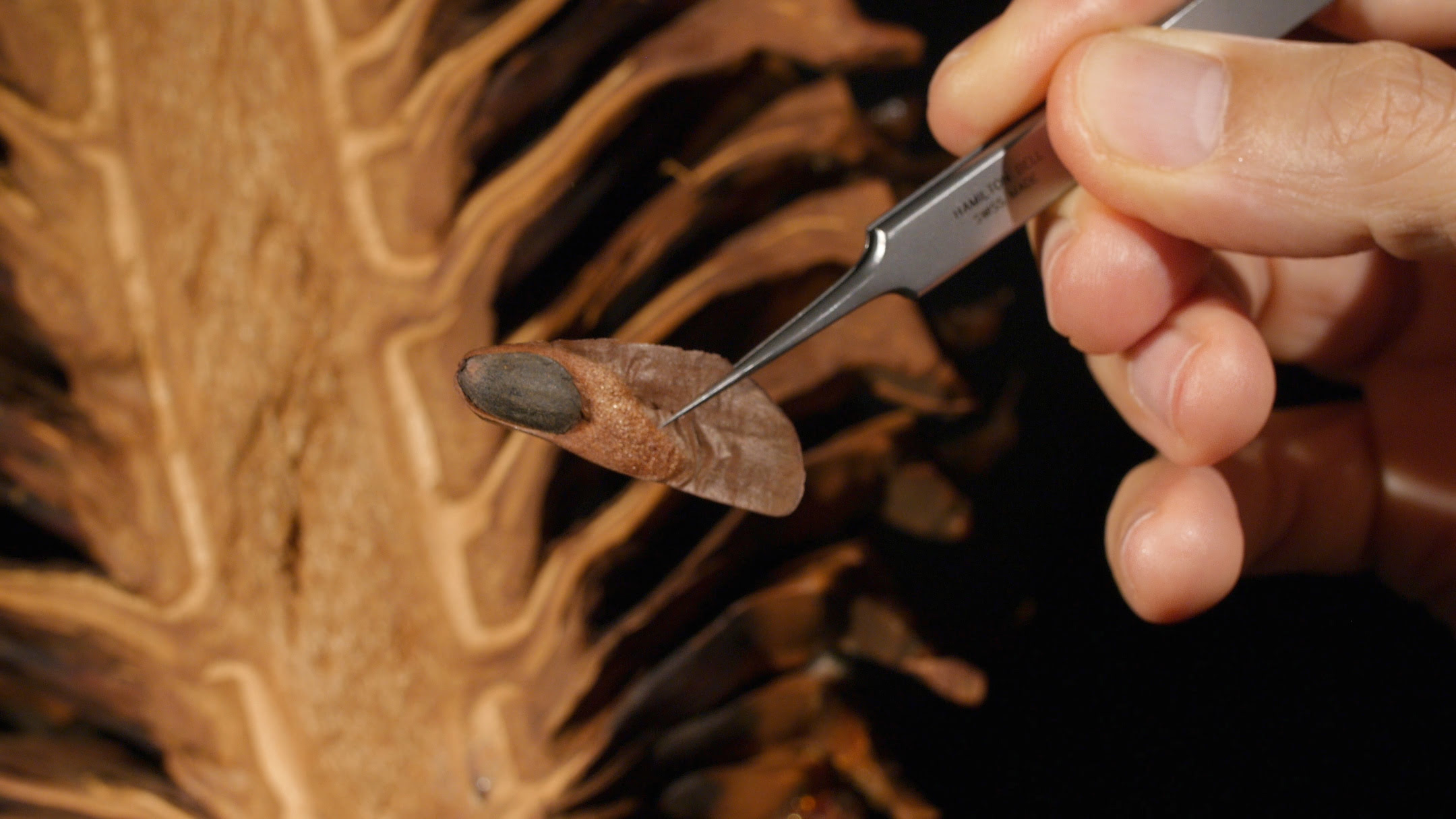

Garden Essentials
What Does A Pine Cone Seed Look Like
Modified: September 1, 2024
Discover what a pine cone seed looks like in your garden. Learn about the fascinating structure and characteristics of these natural wonders.
(Many of the links in this article redirect to a specific reviewed product. Your purchase of these products through affiliate links helps to generate commission for Storables.com, at no extra cost. Learn more)
Introduction
Welcome to the world of pine cones and their fascinating seeds! For garden enthusiasts and nature lovers, pine cones are not only beautiful ornaments found in forests and gardens, but they also hold the key to the growth and propagation of pine trees. In this article, we will take a closer look at the anatomy of a pine cone seed, exploring its external features, internal structure, and the intriguing process of how it is formed within the cone.
Pine cones are unique structures found on various species of pine trees. They serve as protective shells for the seeds and play a vital role in their dispersal and germination. Understanding the appearance and characteristics of pine cone seeds can deepen our appreciation for these remarkable natural wonders.
So, without further ado, let’s dive into the world of pine cone seeds and discover what they look like!
Key Takeaways:
- Pine cone seeds come in various shapes, sizes, and colors, with a smooth texture and a hard outer shell. They play a vital role in the reproduction and survival of pine trees, showcasing nature’s resilience and beauty.
- The formation of pine cone seeds involves a fascinating process, from pollen production to seed development. Each step ensures the continuity of pine tree populations, highlighting the incredible reproductive strategy of these magnificent trees.
Read more: How To Plant Pine Cone Seeds
Anatomy of a Pine Cone
Pine cones may vary in size, shape, and color depending on the species of pine tree they come from. However, they all share a similar structure and function in terms of seed production. The anatomy of a pine cone can be divided into two main parts: the external features and the internal structure.
External Features
The external features of a pine cone are the parts that are visible to the naked eye. At a first glance, you may notice the cone’s overall shape, which is typically elongated and tapered towards the top. This shape allows the cone to hang from the branches of the pine tree.
The surface of a pine cone is covered in scales. These scales are arranged in a spiral pattern around the cone’s axis. Each scale serves as a protective layer for the seeds and helps to regulate their exposure to the environment.
On the outermost part of the pine cone, you may find small bracts protruding from the scales. These bracts can be seen as small “spikes” or “prickles” that give the cone a textured appearance. They not only provide additional protection but also aid in the dispersal of the seeds.
Internal Structure
Inside the pine cone, the seeds are nestled between the scales. As the cone matures, these scales dry out and open up, allowing the seeds to be released. The position of the seeds within the cone may vary between different species of pine trees.
The scales of a pine cone are connected to a central core, known as the axis. The axis runs through the entire cone, providing support and structure. It is from this axis that the scales extend outward. Additionally, the axis also acts as a nutrient conduit, supplying the developing seeds with much-needed resources.
Within the scales, you will find the reproductive structures responsible for seed production. These structures include the female cone, which houses the ovule, and the male cone, which produces pollen. The fertilization process occurs when the pollen grains reach the ovule, leading to the formation of the pine cone seed.
External Features
The external features of a pine cone are what we first notice about these intriguing structures. They provide not only visual beauty but also serve important functions in the life cycle of a pine tree.
Shape and Size: Pine cones come in a variety of shapes and sizes, depending on the species. They can range from small and compact to large and elongated. The shape of a pine cone is typically conical or cylindrical, tapering towards the top.
Texture: When we touch a pine cone, we immediately notice its unique texture. The scales covering the cone’s surface can feel rough and slightly prickly. These scales serve as protective layers for the developing seeds inside.
Color: Pine cones exhibit a range of colors, typically in shades of brown, green, or gray. The color can vary depending on the species of the pine tree, as well as the stage of the cone’s development. As the cone matures, it tends to darken in color.
Open or Closed Scales: The scales of a pine cone can be either open or closed. In some species, the scales remain tightly closed until the cone reaches maturity, while in others, the scales are partially open even during the early stages of development. The openness of the scales determines the accessibility of the seeds within.
Bracts: On the surface of a pine cone, you may notice small bracts protruding from the scales. These bracts resemble tiny spikes or prickles and add to the cone’s textured appearance. They serve both protective and dispersal purposes.
Pedicel: The pedicel is the stalk or stem-like structure that attaches the pine cone to the tree branch. It provides support and allows the cone to hang down from the tree.
Pine cones’ external features not only make them aesthetically pleasing but also contribute to their essential roles in the life cycle of pine trees. Understanding and appreciating these features adds to our knowledge and appreciation of these fascinating natural structures.
Read more: Where Are The Seeds In A Pine Cone
Internal Structure
The internal structure of a pine cone is just as intriguing as its external features. Within the protective scales lie the reproductive structures and developing seeds that play a crucial role in the pine tree’s life cycle.
Scales: The scales of a pine cone are connected to a central core known as the axis. These scales are arranged in a spiral pattern, providing overlapping layers of protection for the seeds inside. The scales can be thick and sturdy or thin and delicate, depending on the species.
Axis: The axis runs through the entire length of the pine cone and provides support and structure for the scales. It acts as a central column, connecting all the scales to each other and to the branch of the pine tree. The axis also functions as a conduit for nutrients, transporting resources to the developing seeds.
Reproductive Structures: Within the scales of a pine cone, you will find the female cone and the male cone – the two main reproductive structures. The female cone, also known as the ovulate cone, houses the ovules. The male cone, also called the pollen cone or staminate cone, produces pollen.
Ovule: The ovules are the female reproductive structures within the pine cone. They are located at the base of the scales and contain the female gametes or egg cells. Each scale may have one or multiple ovules, depending on the species. When fertilized, the ovule develops into a seed.
Pollen: The male cones produce pollen, which contains the male gametes or sperm cells. The pollen is released into the air and carried by the wind to reach the female cones. When the pollen grain lands on the receptive surface of the ovule, fertilization occurs.
Fertilization and Seed Development: When a pollen grain reaches the ovule and fertilization occurs, the ovule develops into a seed. The seed contains an embryo surrounded by a protective seed coat. It is within this seed that the genetic information and potential for new pine trees lie.
The internal structure of a pine cone is intricately designed to facilitate successful reproduction and seed development. The scales, axis, and reproductive structures work harmoniously to ensure the survival and propagation of pine trees.
Formation of Pine Cone Seeds
The formation of pine cone seeds is a fascinating process that takes place within the pine cone as part of the reproductive cycle of pine trees. Let’s delve into the sequential steps involved in the formation of these essential seeds.
Pollen Production: The first step in seed formation begins with the production of pollen in the male cones. Small, inconspicuous male cones develop on the lower branches of the pine tree. These cones contain microscopic pollen sacs that release pollen grains into the air.
Pollen Dispersal: Once released, the lightweight pollen grains are carried by the wind. They can travel long distances, allowing for cross-pollination between different pine trees. The male cones usually shed their pollen and wither away after fulfilling their reproductive function.
Pollen Landing: Some of the pollen grains land on the receptive surfaces of the female cones. These receptive surfaces, also known as ovule-bearing scales, are located on the upper branches of the pine tree. They are specifically designed to capture and facilitate the fertilization process.
Fertilization: When a pollen grain lands on a receptive surface, it begins to germinate. A pollen tube grows from the grain, penetrating the ovule and delivering the sperm cells to the female gamete. Fertilization occurs when the sperm cell fuses with the egg cell within the ovule.
Seed Development: After fertilization, the ovule within the cone undergoes development and growth. The fertilized ovules transition into seeds, containing an embryo, nutrients, and a protective seed coat. These seeds mature within the cone over a period of several months.
Seed Release: As the pine cone continues to mature, the scales on the cone gradually open, exposing the seeds. Once the seeds are fully developed and ready for dispersal, they can be released from the cone. This can happen through various mechanisms, including wind dispersal or the help of animals.
Seed Germination: When conditions are favorable, the released seeds have the potential to germinate and develop into new pine trees. Factors such as moisture, temperature, and suitable soil conditions influence the successful germination and establishment of the seeds.
The formation of pine cone seeds is a remarkable process that ensures the continuity of pine tree populations. From pollen production to seed germination, each step in the lifecycle of a pine cone is intricately connected, highlighting the incredible reproductive strategy of these magnificent trees.
Appearance of Pine Cone Seeds
Pine cone seeds, also known as pine nuts or pine seeds, exhibit distinct characteristics that make them easily recognizable. Let’s explore the appearance of these seeds and the unique features that set them apart.
Shape: Pine cone seeds typically have an elongated shape, resembling small ovals or teardrops. However, the exact shape can vary slightly depending on the species of pine tree.
Size: The size of pine cone seeds can range from small to relatively large, again depending on the specific pine tree species. Generally, they measure around 1 to 2 centimeters in length. However, some species produce smaller seeds, while others may yield larger ones.
Color: The color of pine cone seeds can vary from light to dark brown. Their hues may also exhibit variations within a single cone, with some seeds appearing slightly lighter or darker than others. The coloration is influenced by the species and maturity of the cone.
Texture: Pine cone seeds have a smooth outer shell or seed coat. This shell is hard and resilient, protecting the internal embryo and providing a means of defense against natural elements and predators.
Patterns and Markings: In some species, pine cone seeds may showcase intricate patterns and markings on their outer surface. These patterns can include striations, ridges, or even tiny depressions. These natural adornments add to the visual appeal of the seeds.
Edible Portion: In certain pine tree species, the seeds are prized for their edible portion, commonly referred to as pine nuts. The edible part is found within the hard shell and possesses a rich, nutty flavor. It is often used in culinary creations, such as salads, pestos, and baked goods.
Viability and Vigor: The appearance of pine cone seeds can also indicate their viability and vigor. Healthy, viable seeds tend to be full-bodied and plump, indicating a higher likelihood of successful germination and the development of robust seedlings.
Overall, the appearance of pine cone seeds is a testament to the remarkable adaptations and intricate design of pine trees. From their distinctive shape and size to the rich colors and patterns, these seeds are both visually appealing and functional in the reproduction and perpetuation of pine tree populations.
A pine cone seed is small and brown, with a wing-like structure attached to help it disperse in the wind. It looks like a tiny, elongated oval shape with a pointed end.
Size of Pine Cone Seeds
The size of pine cone seeds can vary greatly depending on the species of pine tree. From small and delicate to large and robust, pine cone seeds come in a range of sizes. Let’s explore the diverse sizes seen in these remarkable seeds.
Small-sized Seeds: Some species of pine trees produce relatively small seeds. These seeds can measure around 1 to 1.5 centimeters in length. Despite their small size, these seeds are packed with genetic potential, containing the necessary components for germination and seedling development.
Medium-sized Seeds: Many species of pine trees yield seeds of medium size. These seeds typically range from 1.5 to 2 centimeters in length. They strike a balance between being compact enough to fit within the confines of the pine cone and providing sufficient nutrient reserves for future growth.
Large-sized Seeds: Some pine tree species produce relatively large seeds compared to others. These seeds can measure over 2 centimeters in length. The larger size allows these seeds to contain more nutrients and energy reserves, providing a head start for the developing embryo during germination.
It is important to note that the size of pine cone seeds is not directly indicative of the quality or viability of the seed. Even smaller-sized seeds can have the potential to produce healthy and resilient seedlings. Ultimately, the success of germination and subsequent growth relies on various factors, including environmental conditions, genetic traits of the seed, and the overall health of the tree.
Size variations in pine cone seeds reflect the diverse adaptations and strategies of different pine tree species. Whether small, medium, or large, each seed plays a vital role in the reproduction and survival of pine trees, contributing to the biodiversity and ecological balance of their respective habitats.
Read more: How To Harvest Pine Cone Seeds
Color of Pine Cone Seeds
The color of pine cone seeds can vary, adding to the visual appeal and uniqueness of these remarkable structures. Let’s explore the diverse range of colors that can be found in pine cone seeds.
Brown: The most common color associated with pine cone seeds is brown. Brown hues can range from light tan to deep chocolate brown. These earthy tones are prevalent in many species of pine trees and contribute to the natural aesthetic of the seeds.
Golden Brown: Some pine cone seeds exhibit a golden brown coloration. This warm and vibrant hue adds a touch of elegance and visual interest to the seeds. Golden brown seeds are particularly notable in certain species like the Pinus sibirica or the Siberian pine.
Reddish Brown: In a few pine tree species, the seeds may display a reddish-brown color. This reddish tint adds a unique splash of color to the seeds and can be observed in species like the Pinus koraiensis or the Korean pine.
Grayish Brown: Another color variation seen in pine cone seeds is grayish brown. These seeds have a subtle grayish undertone, providing a neutral and understated appearance. Grayish brown seeds can be found in different species, including the Pinus nigra or the Austrian pine.
Mottled or Speckled: Some pine cone seeds have a mottled or speckled appearance, showcasing a combination of colors. These seeds may display patches of lighter and darker shades, creating a unique pattern. Mottled or speckled seeds can be found in various pine tree species, adding a distinctive touch to their seeds.
The specific color of pine cone seeds is influenced by several factors, including the pigments present in the seed coat and the species of pine tree. Additionally, the level of maturity and exposure to sunlight may also contribute to color variations within a single cone.
While the color of pine cone seeds is primarily a visual aspect, it adds to the overall beauty and charm of these seeds. From the classic brown tones to the golden, reddish, or grayish hues, the coloration of pine cone seeds is a testament to the diversity and intricate design of the natural world.
Texture of Pine Cone Seeds
Pine cone seeds possess a unique texture that adds to their individuality and appeal. As we explore the texture of these seeds, we discover various aspects that make them distinct and intriguing.
Smooth Outer Shell: The outer shell of pine cone seeds is typically smooth to the touch. This smoothness is a result of the hardened seed coat that protects the delicate embryo inside. The smooth shell helps to shield the seed from environmental factors, such as moisture loss and physical damage.
Hardness and Resilience: Pine cone seeds have a firm and durable texture. The hard seed coat provides protection against external pressures and ensures the preservation of the delicate embryo within. This hardness also aids in their survival during dispersal and allows them to endure harsh conditions.
Nutty Texture: In some pine tree species, the internal portion of the seed, known as the edible pine nut, possesses a distinct nutty texture. Pine nuts are appreciated for their creamy yet slightly crunchy consistency, making them a sought-after ingredient in various culinary endeavors.
Compactness: Pine cone seeds are compact and densely packed within the cone. This compactness ensures efficient storage and protection of the seeds until they are ready for dispersal. The densely packed nature also aids in seed longevity, allowing them to remain viable for extended periods.
Moderate Weight: Pine cone seeds possess a moderate weight compared to other types of seeds. While they are not heavy, they have enough weight to enable them to fall or be dispersed adequately. This weight allows for efficient distribution and helps them settle in favorable locations for germination and growth.
Resistance to Decay: Pine cone seeds have a high level of resistance to decay. This characteristic allows the seeds to withstand various environmental conditions, such as moisture, fungal activity, and temperature fluctuations. Their resilience ensures that the seeds remain viable over an extended period, increasing the chances of successful germination when conditions are favorable.
The texture of pine cone seeds is an essential feature that contributes to their overall functionality, protection, and survival. From the smooth outer shell to the hardness and compactness within, the texture of these seeds showcases the remarkable adaptations that enable pine trees to propagate and thrive in diverse habitats.
Conclusion
Exploring the world of pine cone seeds has provided us with a deeper understanding and appreciation of these remarkable structures. From their anatomy to their appearance, we have uncovered the intricate details that make pine cone seeds unique.
By examining the external features and internal structure of pine cones, we have gained insights into how these seeds are protected and dispersed. The shape, size, color, and texture of the seeds all serve a purpose in their lifecycle, contributing to their survival and reproductive success.
Throughout the article, we have learned about the formation of pine cone seeds, from pollen production to seed development. Each step in this process is carefully orchestrated and ensures the continuation of pine tree populations in various ecosystems.
The appearance of pine cone seeds is as diverse as the species of pine trees themselves. From the range of colors to the patterns and markings, these seeds offer a visually captivating experience. The size of the seeds varies, but their genetic potential remains consistent, making each seed a valuable component in the regeneration of pine forests.
Lastly, the texture of pine cone seeds adds to their charm and resilience. The smooth outer shell, hardness, compactness, and nutty texture in some species all contribute to their adaptability and long-term viability.
Understanding the intricacies of pine cone seeds allows us to marvel at the complexity of nature. These seeds not only have functional roles in the life cycle of pine trees but also serve as a source of admiration and culinary delight in the case of edible pine nuts.
So, the next time you come across a pine cone, take a moment to appreciate the beauty and significance of the seeds within. Their appearance, size, color, and texture are all a testament to the resilience and brilliance of the natural world and the fascinating process of seed production in pine trees.
Frequently Asked Questions about What Does A Pine Cone Seed Look Like
Was this page helpful?
At Storables.com, we guarantee accurate and reliable information. Our content, validated by Expert Board Contributors, is crafted following stringent Editorial Policies. We're committed to providing you with well-researched, expert-backed insights for all your informational needs.
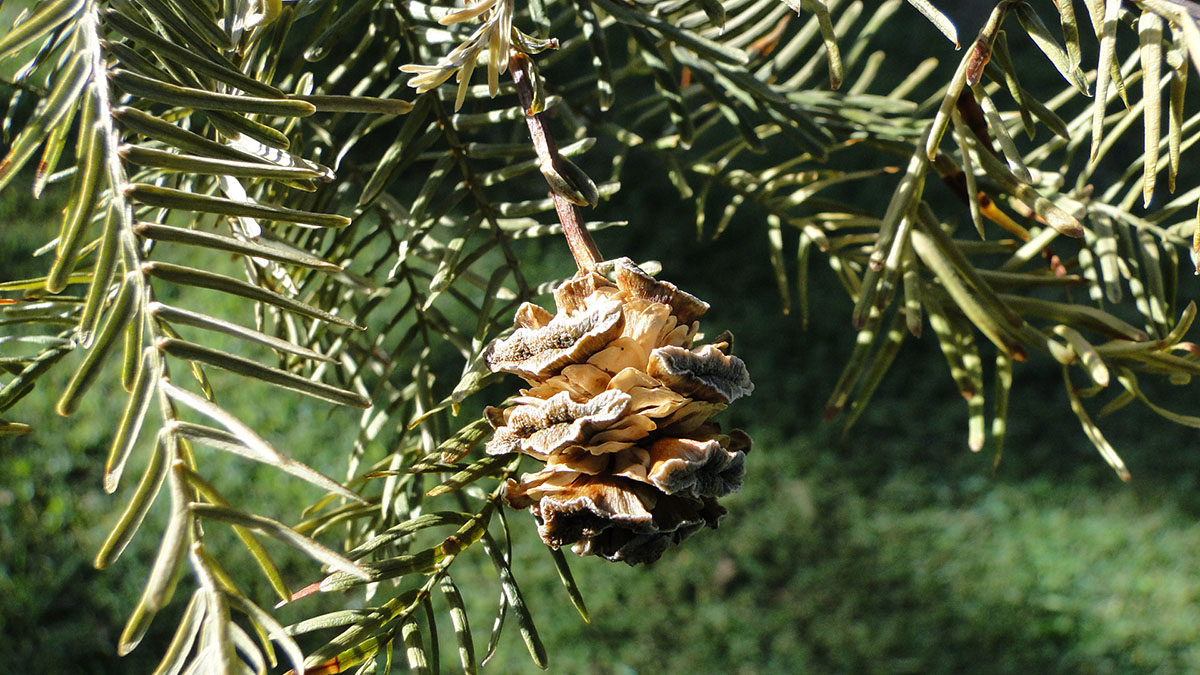
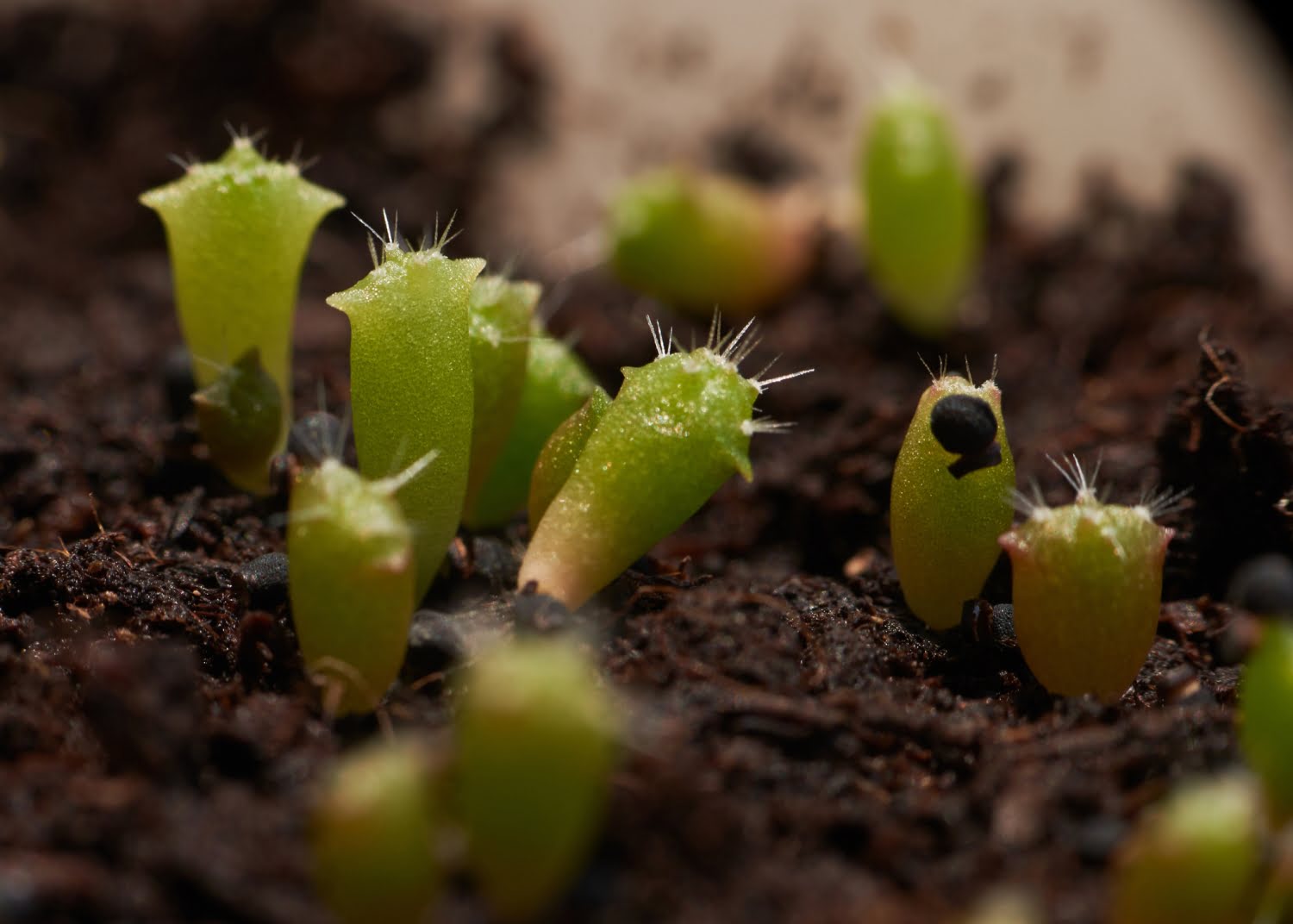
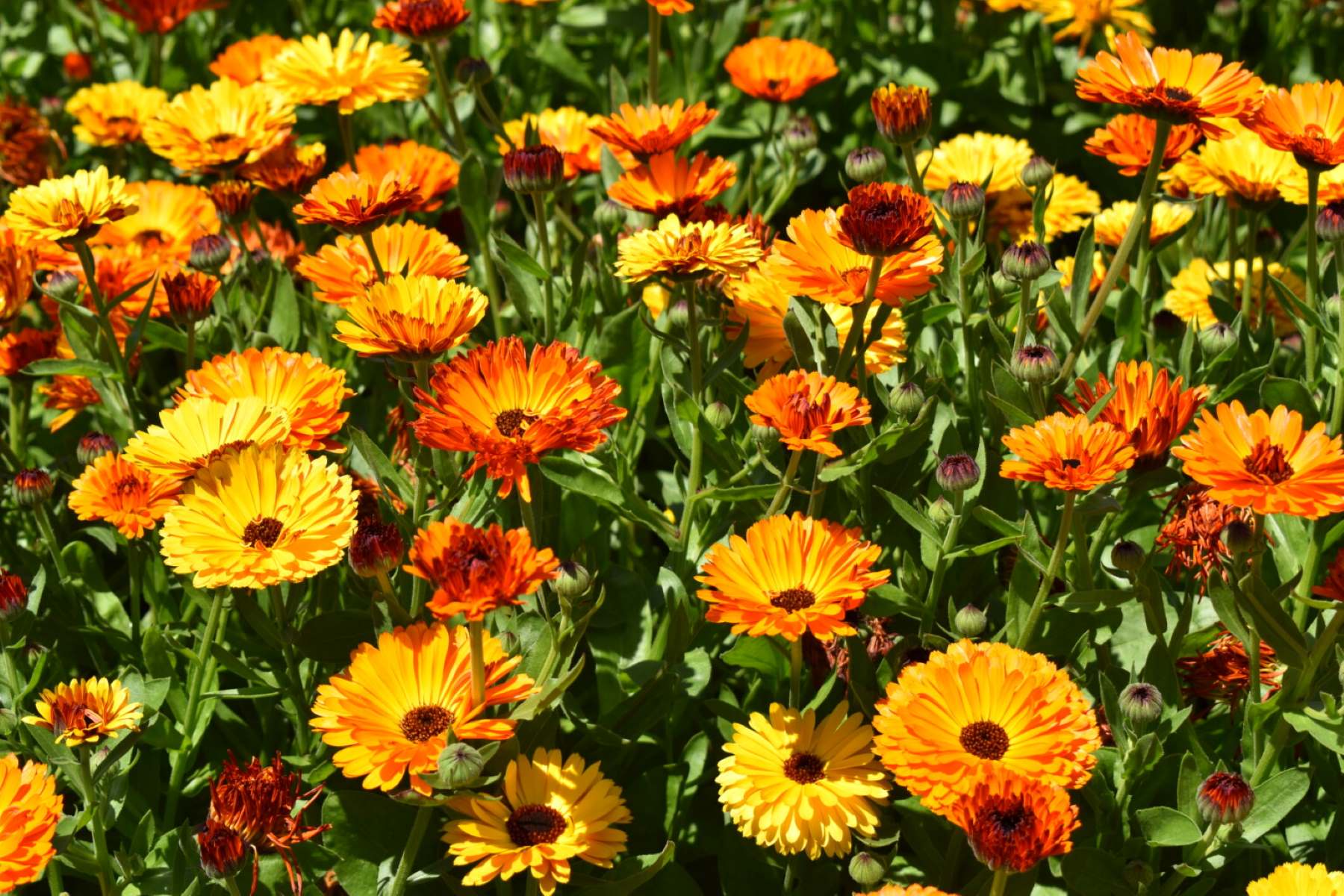
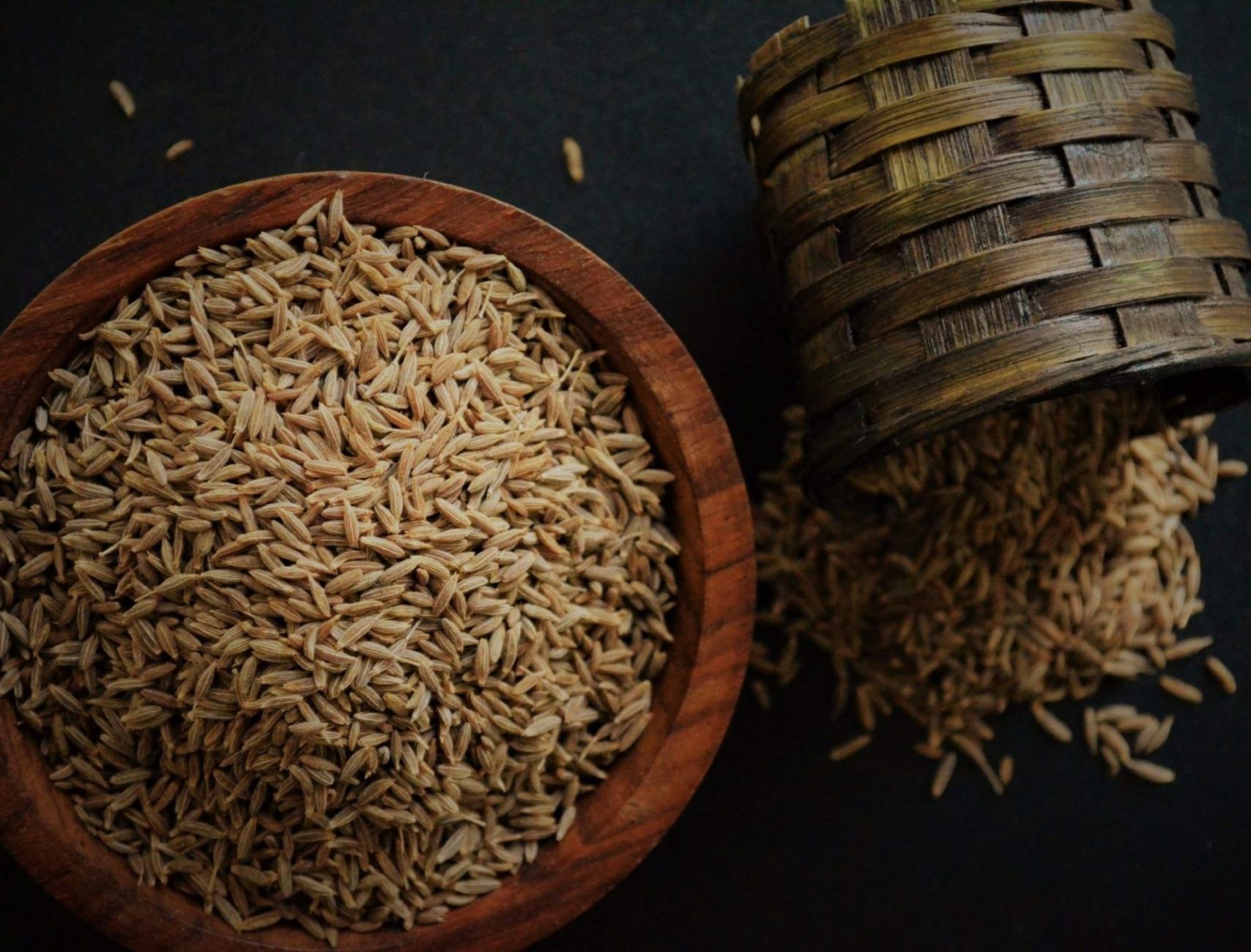
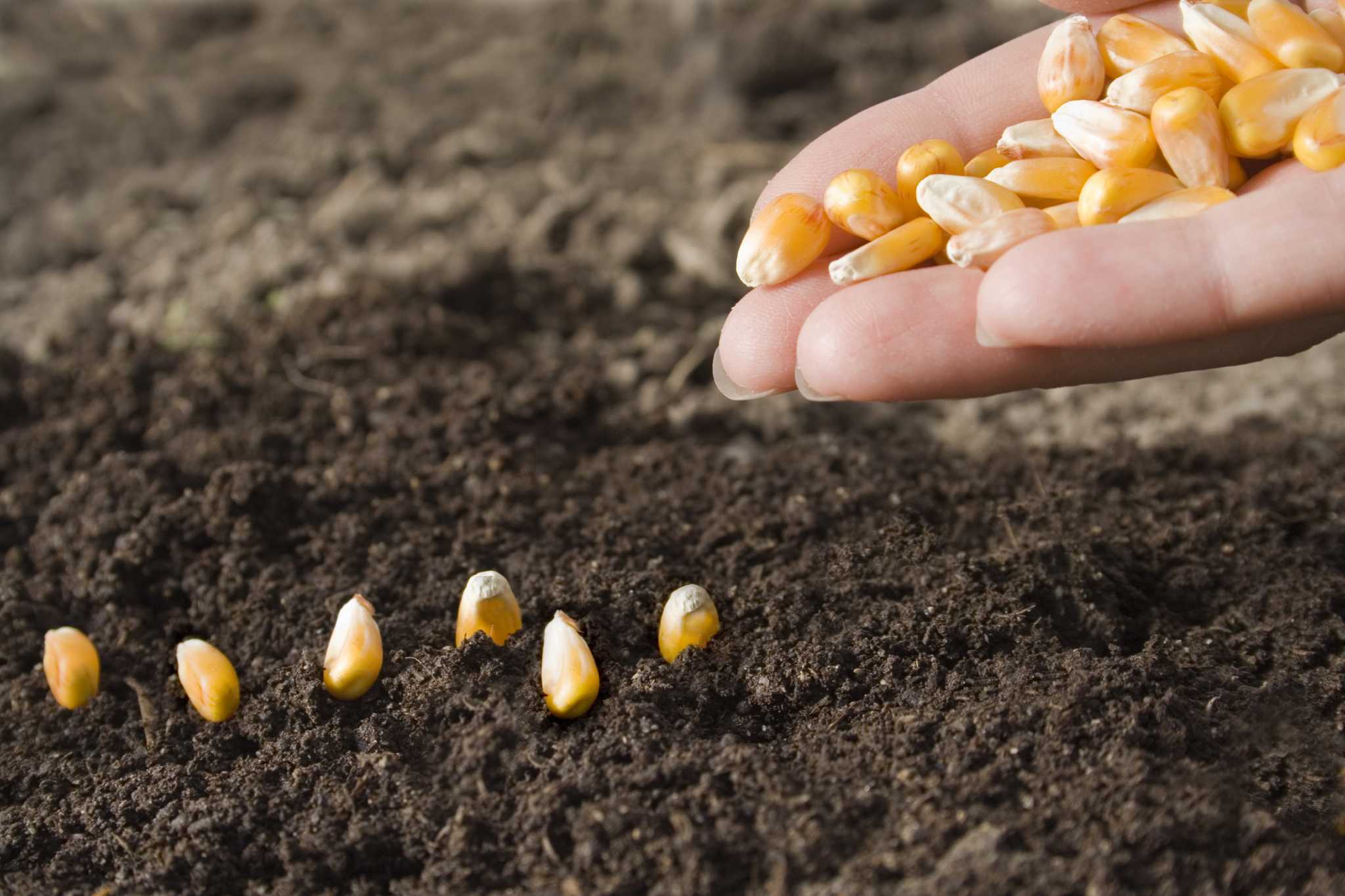
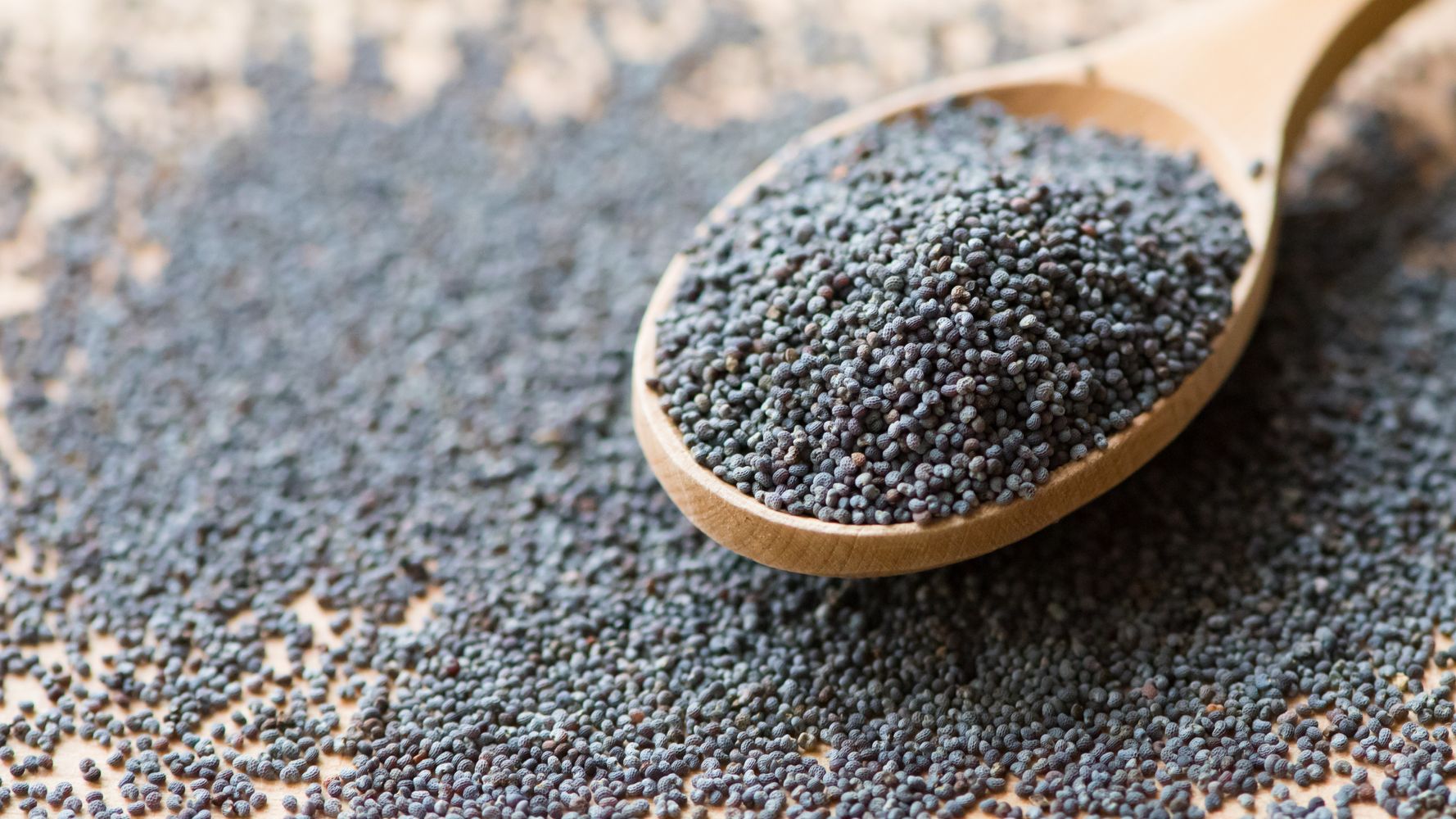

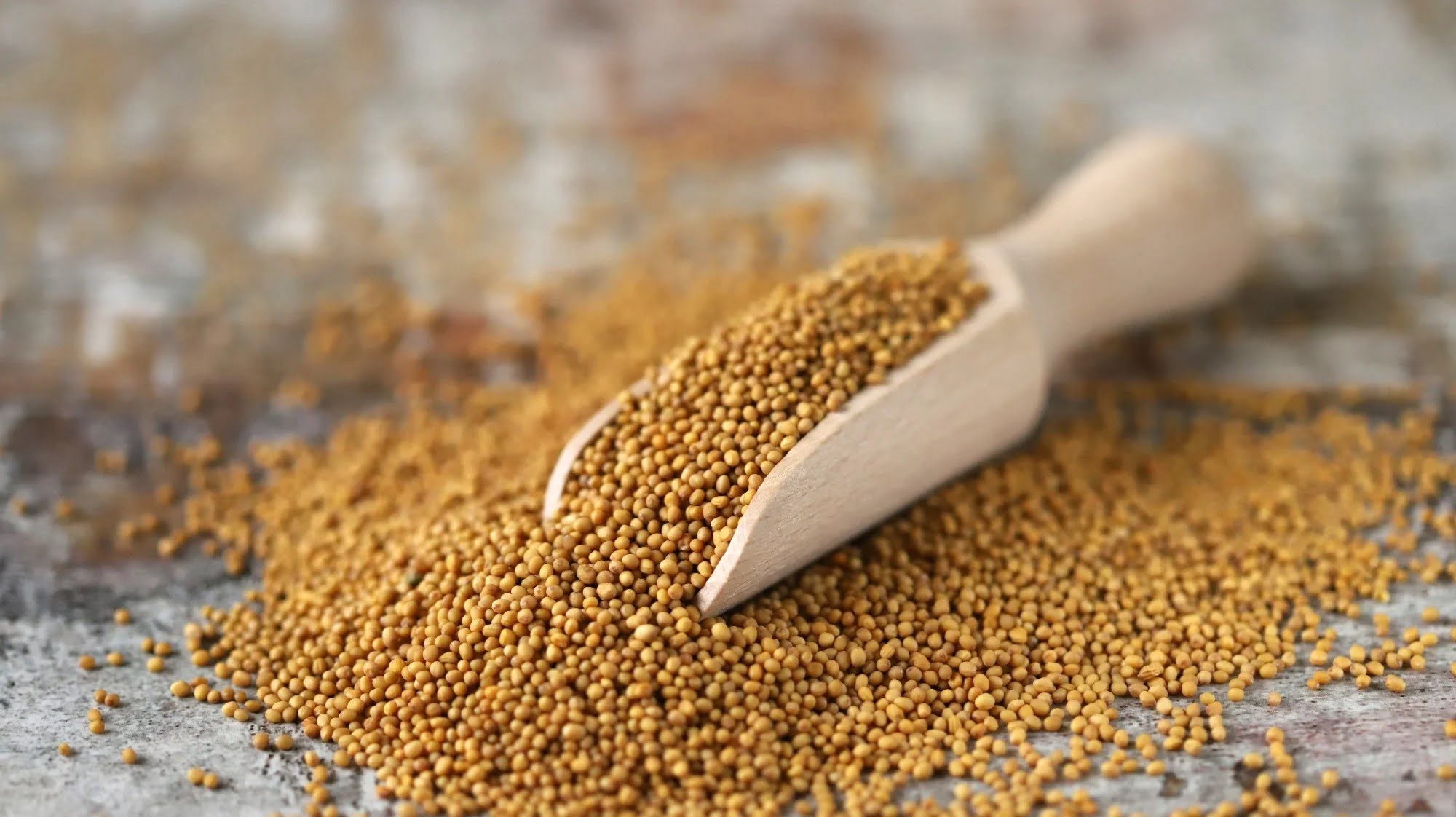
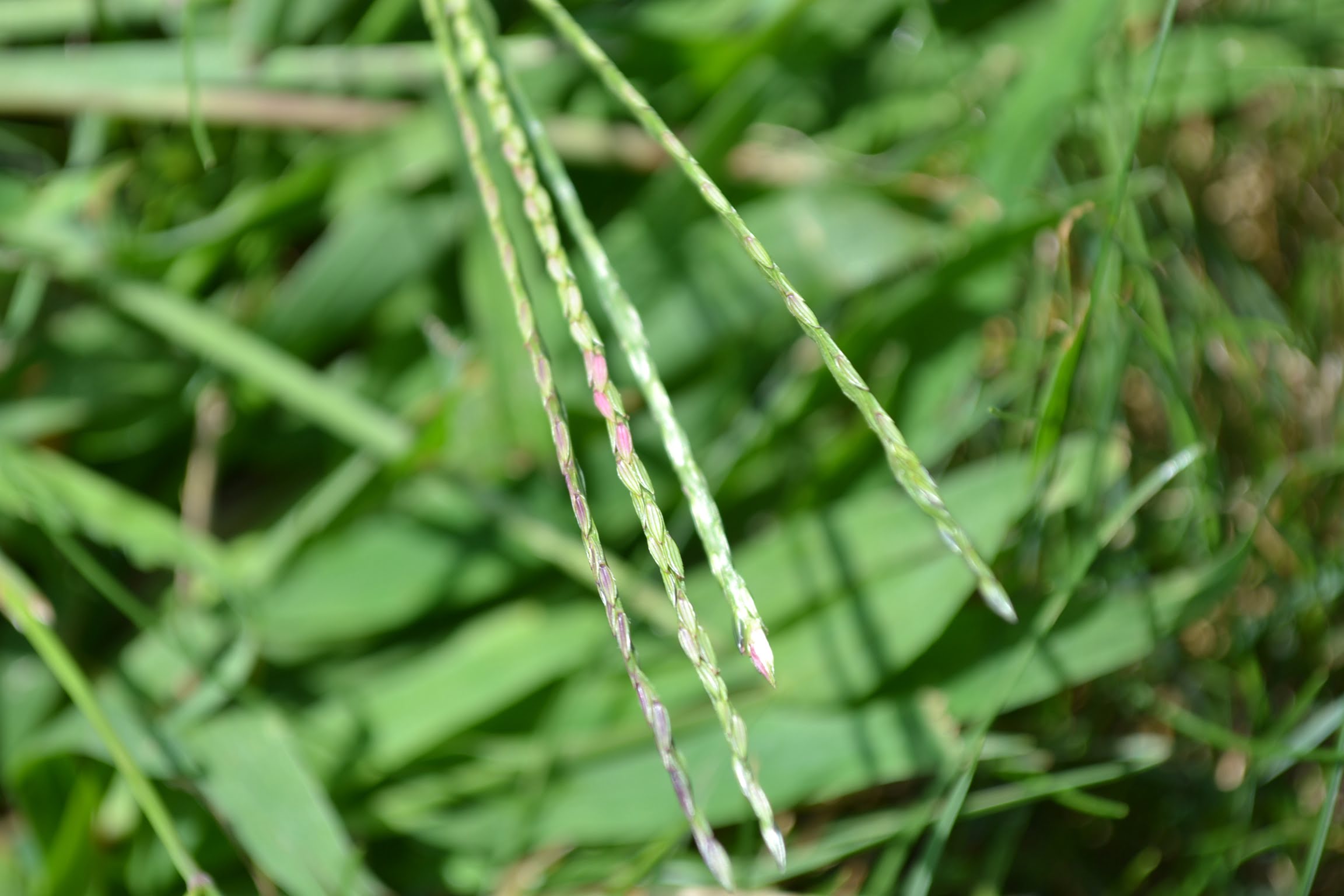
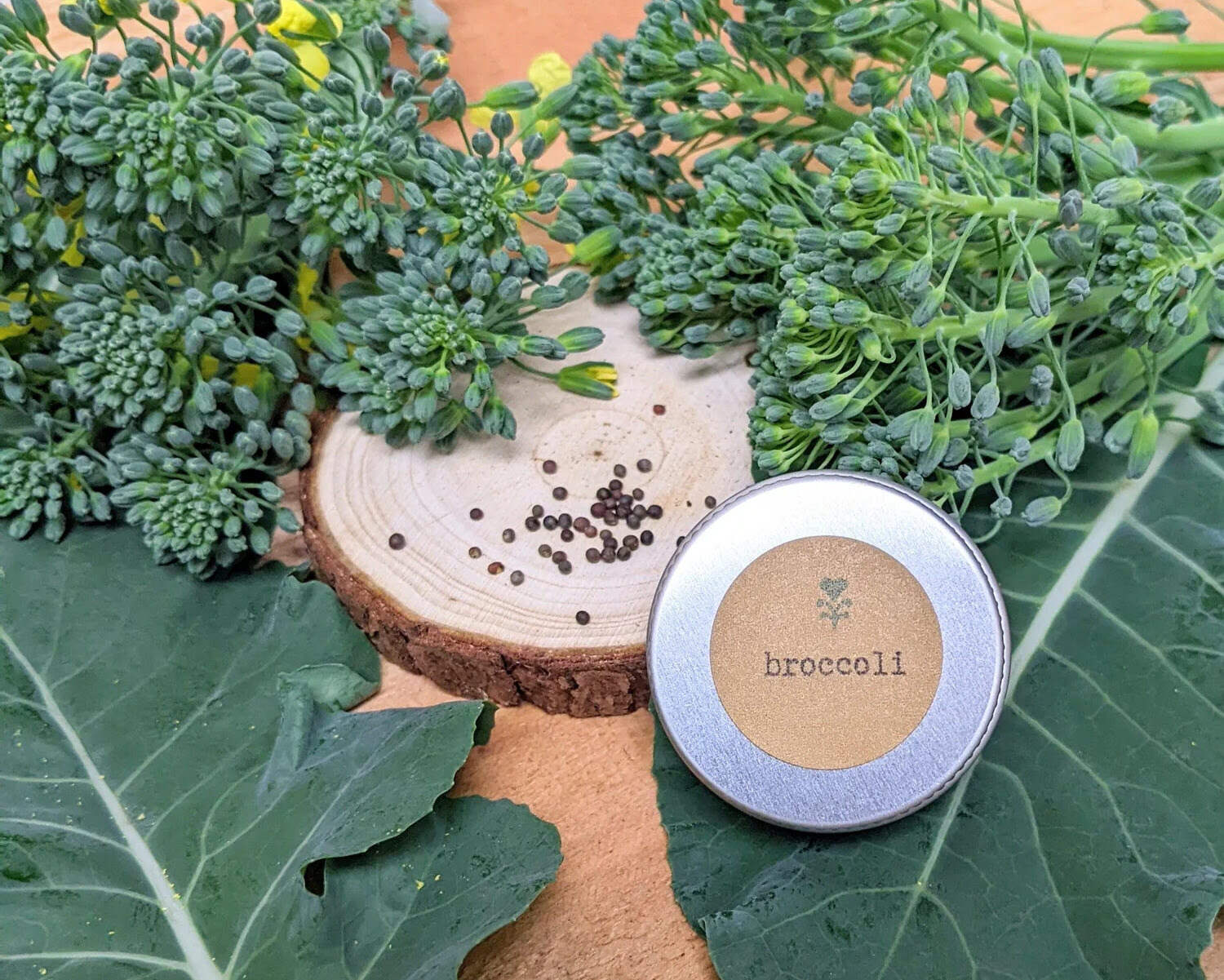
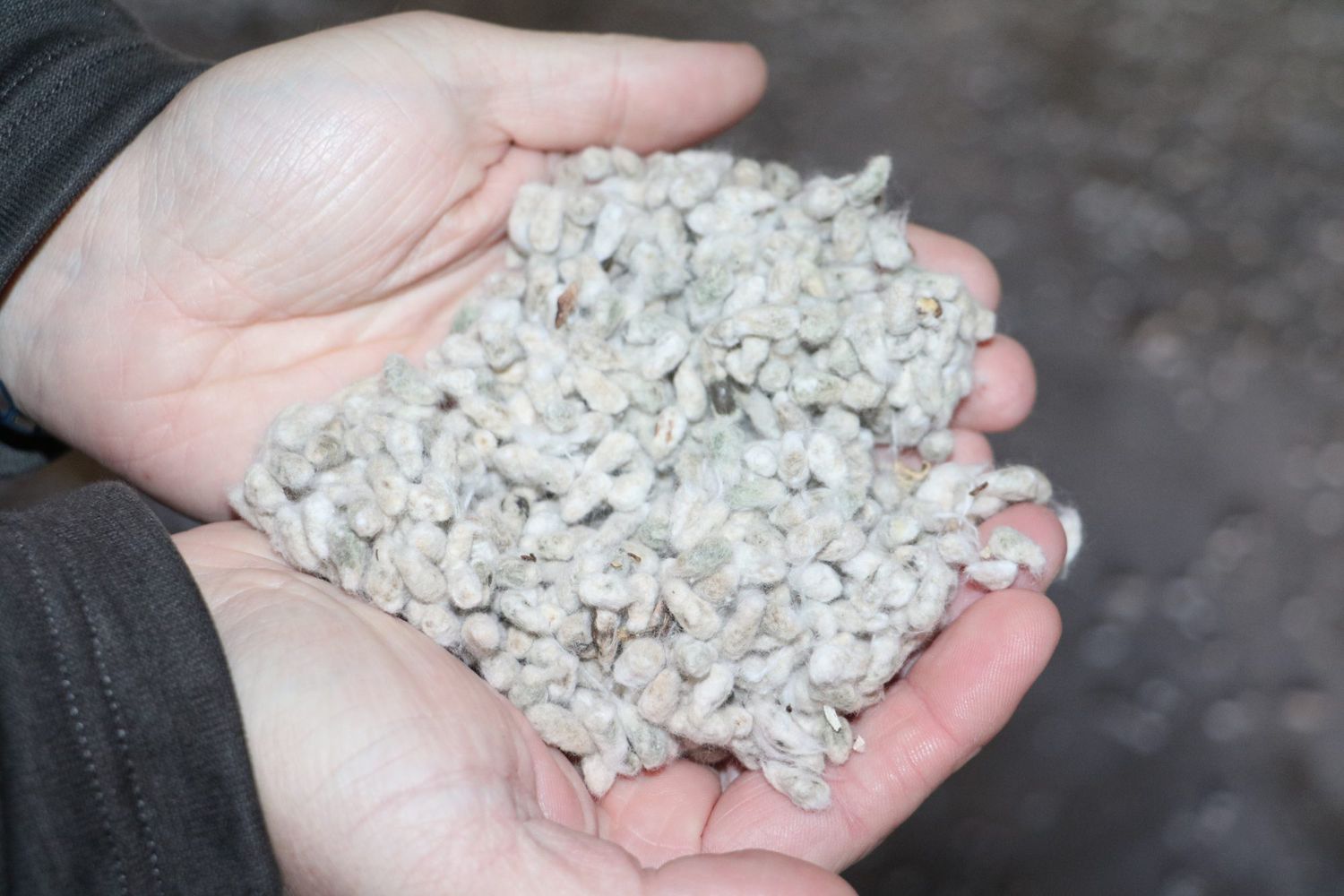
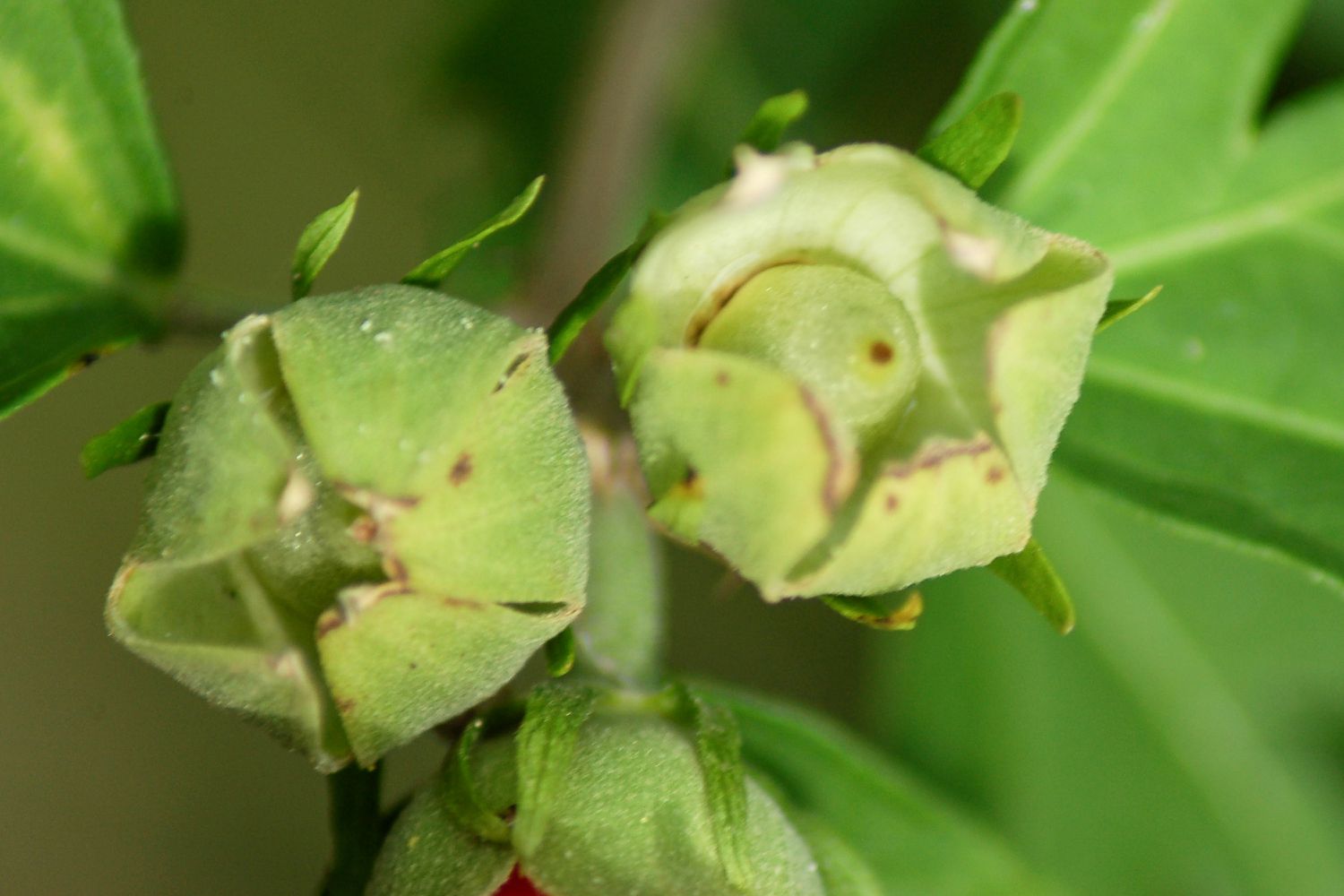
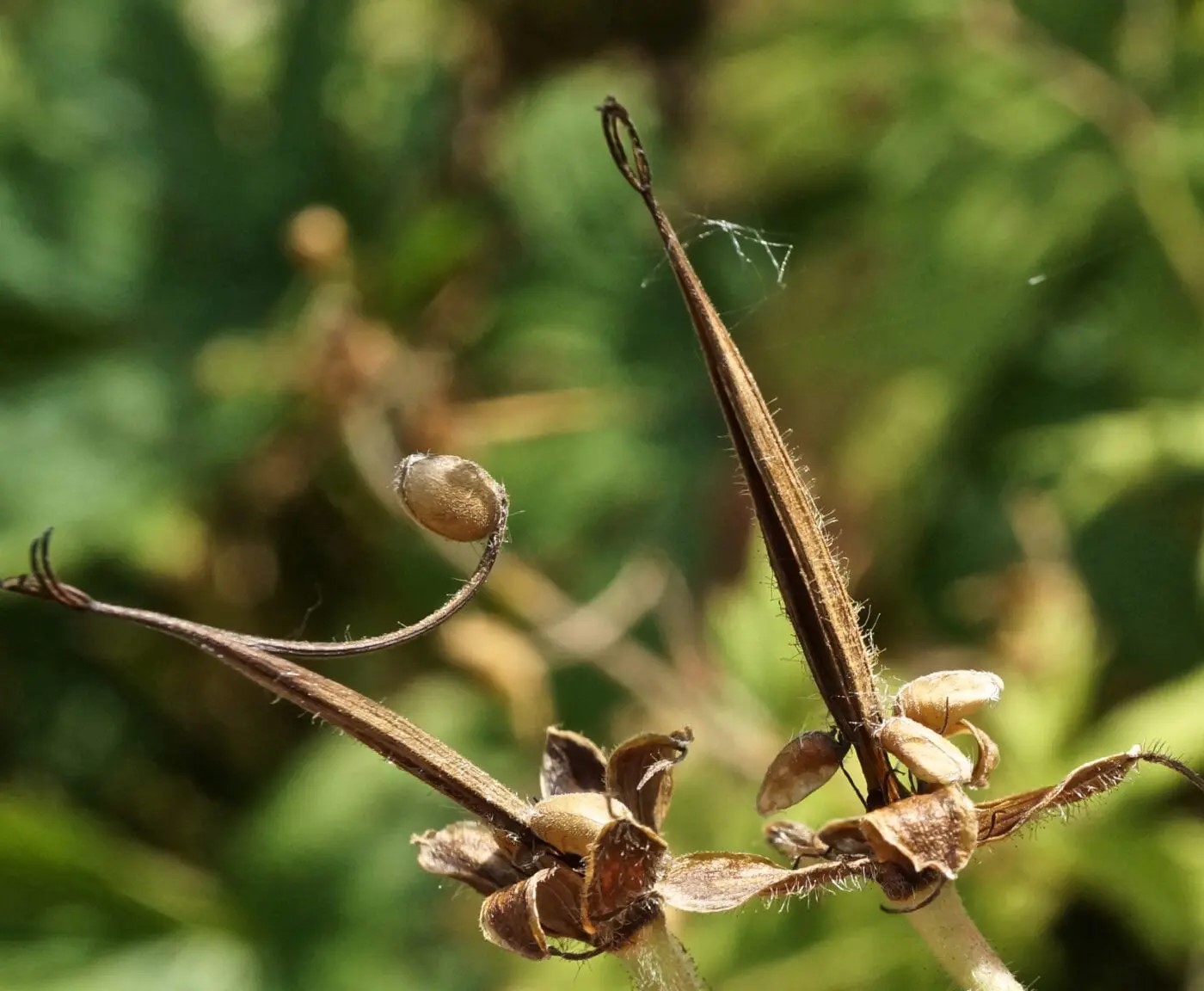

0 thoughts on “What Does A Pine Cone Seed Look Like”